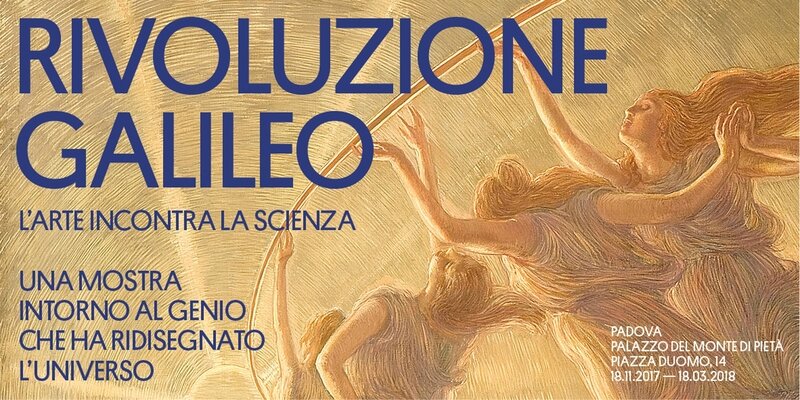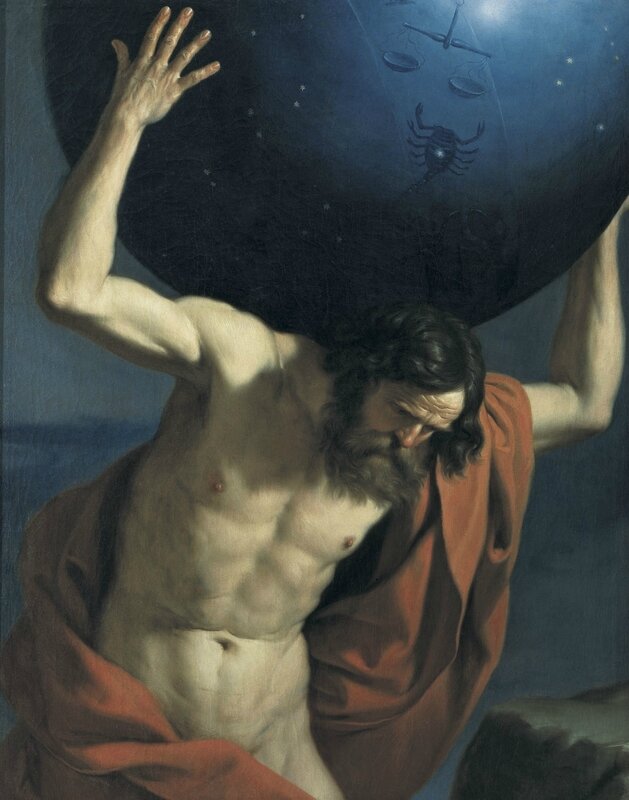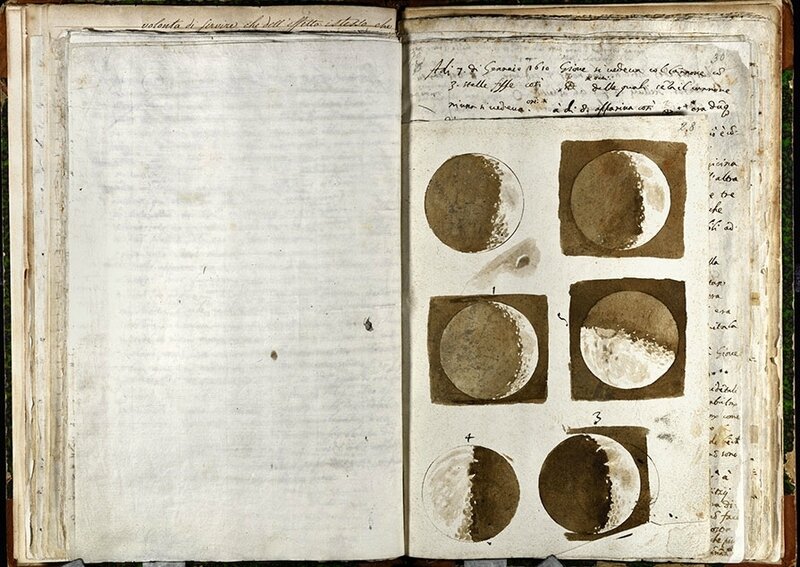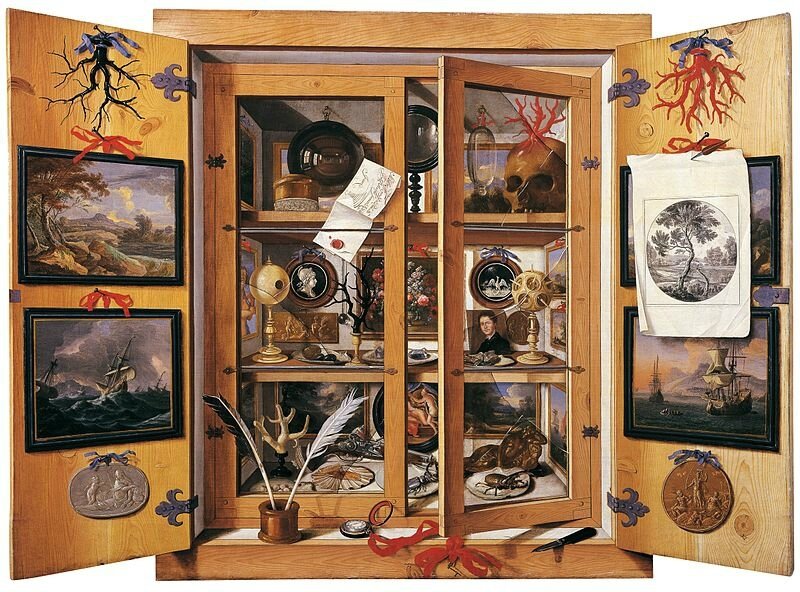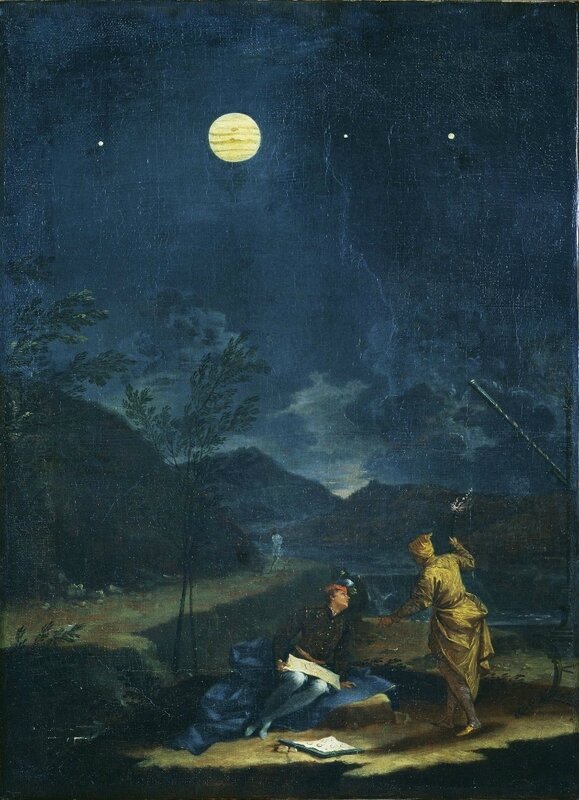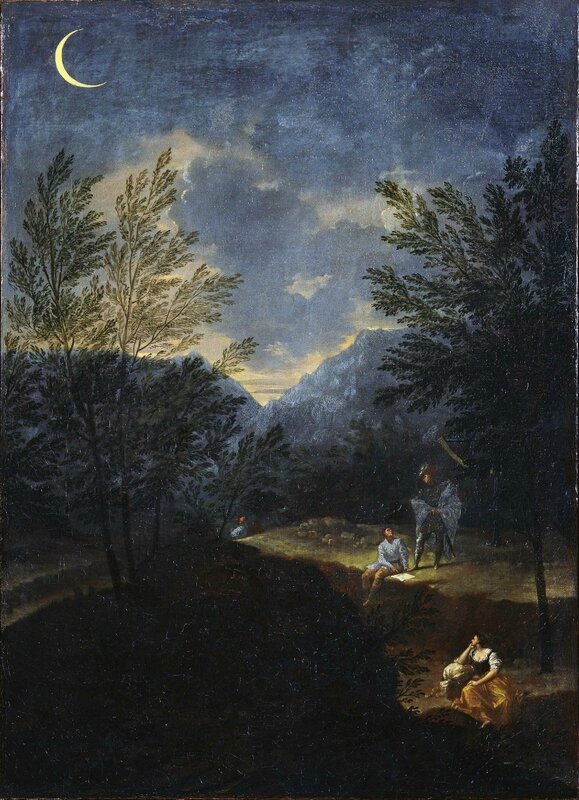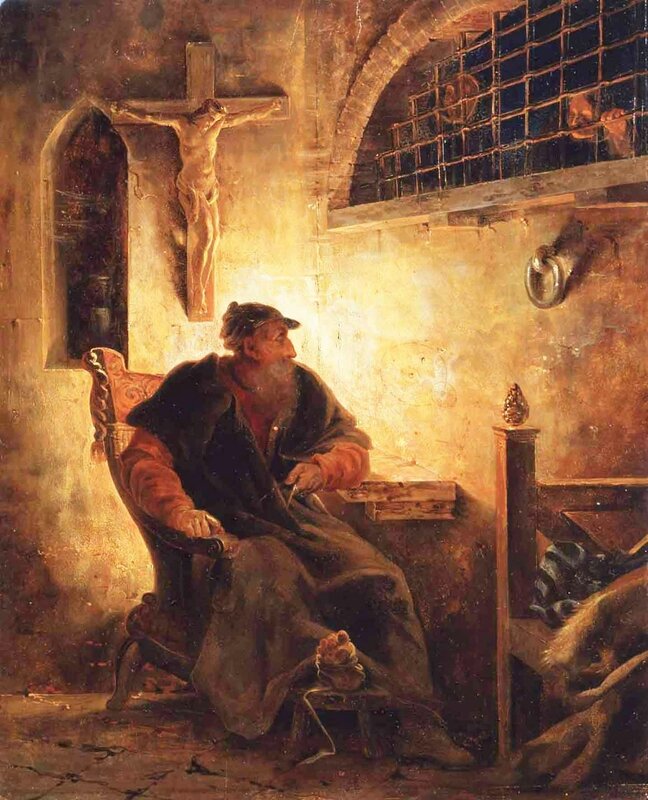![1]()
TAIPEI - The appreciation is a lifestyle, a fashion, an art, and a culture; it is a shared language of tea connoisseurs. The originated in China, and methods of tea making have undergone centuries of change, as have the equipment and the manner in which the tea has been enjoyed.
In ancient times, tea was used both to quench the thirst, and also for its perceived medicinal qualities; during the Tang and Song dynasties, it was brewed by boiling then it was sipped gently. During the Ming and Qing dynasties, tea was brewed by infusing tea leaves in extremely hot water, and appreciated in leisurely surroundings. Following the introduction of tea by Chinese diplomats and traders to Mongolia and Tibet, tea consumption became a part of everyday life there too. As a result of increased demand for tea in these regions, a network of caravan paths known as the Ancient Tea Horse Road developed. These nomadic groups also developed their own tea equipment and culture.
During the Tang and Song dynasties, Japanese diplomatic missions to China, student monks in China, and travelling merchants, introduced the appreciation of tea to Japan where it was integrated into local culture. Japanese tea ceremony etiquette thus developed, giving rise to sadō, a meticulous form of tea ceremony practiced there. In the late Ming dynasty, monks from Fujian introduced Fujian-style tea tradition and Yixing tea ware to Japan. The combination of tea drinking and scholarly conversation soon became popular among intellectuals, and developed into tea ceremony known as senchadō.
Immigrants from China to Taiwan and to Southeast Asia during the late Ming and the early Qing dynasties carried tea culture to those regions. Today, Taiwanese society not only preserves the tradition of the gongfu tea ceremony from Fujian and Guangdong but has also created a new local tea culture which reaches to the realm of art. According to the Zhuluo Xianzhi (Gazetter of Zhuluo County), there were uncultivated tea trees in central and southern Taiwan, suggesting that the climate of Taiwan was suitable for their cultivation. Tea merchants brought tea seeds and production methods from southern Fujian, and continued to improve the methods of cultivation. The 1980s saw the yielding of gaoshan (high mountain) tea, and it was largely planted in central Taiwan’s mountainous areas.
This exhibition follows the course of development outlined above. It is divided into three sections, "The Homeland of Tea: Chinese Tea Culture,""The way of tea: Japanese Tea Culture," and "The Enjoyment of Tea: Taiwanese Gongfu Tea." Selected artifacts from the collection of the National Palace Museum are showcased to illuminate Asia’s many unique tea cultures and approaches to tea appreciation. Through the situational of the Ming teahouse, the Japanese tearoom, and the modern tea presentation table, the visitor is introduced to the atmosphere of tea appreciation in different settings. This exhibition is intended to inform viewers of the dissemination and interchange of tea practices among different Asian regions, and to demonstrate their distinct yet related tea cultures.
![2]()
Part1. The Homeland of Tea: Chinese Tea Culture
1. The Taste of Tang and Song
Tea drinking and its associated culture have a long history in China. Tea became popular throughout the country during the 7th century. By the 8th century, Lu Yu (ca. 733-803) had published his seminal The Classic of Tea (761), a book providing details on tea varieties, equipment, and teabrewing technique; it structured tea practices and the equipment to be used.
During the Tang Dynasty, tea was ground into powder and boiled in a cooking pot called a fu. The tea would then have been poured into tea bowls to be drunk; Yue ware celadons and Xing ware white porcelain tea bowls, known as "ice porcelain snow bowls", were the most popular at the time.
During the Song Dynasty preparation techniques changed. At this time, tea powder was placed into tea bowls, and boiled water was poured over it from a ewer. The method is called diancha (whisking tea). In the 11th century, Cai Xiang (1012-1067) wrote in his book Tea Note that, “Tea drinking involves the appreciation of color, fragrance, and taste”. Nine types of tea service items were introduced in the book, among which ewers, tea bowls, and saucers are the most common still seen today. Tea culture in the Song Dynasty involved not only tea tasting but also tea contests. At a tea contest, tea was beaten with a spoon or whisk in order to form a foam. Tea bowls in black glaze were often used to better complement the foam; on other occasions, celadon tea bowls or those with white glaze were commonly used.
![Green glazed single handled pot, Changsha ware, Tang dynasty (618-907) © National Palace Museum, Taipei]()
Green glazed single handled pot, Changsha ware, Tang dynasty (618-907). Ht (including lid): 18.5 cm, mouth: 4.9 cm, base: 7.4 cm© National Palace Museum, Taipei.
Pots with horizontal handles were popular during the late Tang dynasty. Ewers of this type are found in both Yue ware (from Zhejiang) and Changsha ware (from Hunan). The Changsha kiln produced many types of everyday tea ceramics such as ewers, tea jars, tea bowls, and tea powder caddies; from this it can be clearly seen that tea drinking was popular in Hunan at the time. Pots with horizontal handles were used to pour boiling water into teacups, in order to make whisked tea.
![Black glazed tea bowl with leaf pattern, Jizhou ware, Song dynasty (960-1279)]()
Black glazed tea bowl with leaf pattern, Jizhou ware, Song dynasty (960-1279). Ht: 5.0 cm, mouth: 14.5 cm, foot: 3.5 cm© National Palace Museum, Taipei
Li-shaped tea bowl glazed in black with a copper inlaid rim. The interior of the bowl is decorated with leaf patterns, thought to be mulberry. These can be related to the tea ceremony of the Baizhang Zen temple in Jiangxi.
![Ding ware, Northern Song dynasty (960-1127)]()
Cream glazed tea bowl stand with incised key design, Ding ware, Northern Song dynasty (960-1127). Ht: 6.8 cm, mouth: 11.0 cm, base: 8.2 cm © National Palace Museum, Taipei
This is a typical Song dynasty tea bowl stand, it has the appearance of a cup and saucer; hollow on the inside with a foot at the bottom. The tea bowl would be placed in the cup and would be supported on the rim; the depth of the cup would accommodate the bowl. The rim of the saucer and the bottom of the foot are inlaid with copper.
In the Southern Song both the tea bowl and the stand would have been held in the hand when drinking the tea. The combination of contrasting bowl and stand such as a white bowl with a black stand, or a black bowl with a red stand was common in the Song dynasty.
2. The Elegant Pursuits of the Ming Literati
The Hongwu Emperor of Ming banned the production of tea cakes and promoted the use of leaf tea. This policy (1391) changed tea drinking habits and hugely influenced tea culture. Tea leaves were brewed in teapots much as they are today, and the tea was then poured into cups to be drunk. Teapots and teacups became the principal items in the tea service. White porcelain teacups were the most popular, as it was considered that those “white as jade were best able to show the color of the tea”. Blue and white ware tea cups were also quite popular. Besides the usual porcelain wares, teapots made from zisha purple clay and zhuni red clay from Yixing were also popular. The literati of the Ming Dynasty placed emphasis on the environment in which the tea was drunk. In this section of the exhibition, a model of a Ming teahouse has been constructed based on Wen Zhengming’s painting, inviting visitors to experience the essence of Ming dynasty tea appreciation.
![Blue-and-white porcelain teapot with phoenix décor, Ming dynasty, Yongle reign (unmarked)]()
Blue-and-white porcelain teapot with phoenix décor, Ming dynasty, Yongle reign (unmarked). Ht: 11.4 cm, mouth: 4.1 cm, base: 13.0 cm© National Palace Museum, Taipei.
This teapot has a squat rounded form and a flat bottom; it has three loop fastenings on the shoulder. At the shoulder and around the base appear double rows of banana leaf decoration and on each side of the body are a pair of phoenix and lotus decorations. The underglaze blue has a rich color.
Another pot, Teapot in sweet white glaze in the collection of the National Palace Museum, is similar in style. After the Hongwu Emperor banned the production of tea cakes in the Ming Dynasty, tea leaves came into common use and teapots thus became important in the brewing of tea.
![Ruby red glaze teacup and stand, Ming dynasty, Xuande reign (1426-1435)]()
Ruby red glaze teacup and stand, (1426-1435). Cup: Ht: 5.2 cm, mouth: 10.2 cm, base: 4.3 cm. Stand: Ht: 1.2cm, mouth: 6.8cm, base: 11.3cm© National Palace Museum, Taipei
The cup is a typical teacup with flared rim. It is glazed in red except for the foot. There are white bands around the rim and the base. The Qianlong Emperor loved this teacup so much that he picked a Neolithic yellow jade bi to be used with it as a cup stand. The jade bi is incised with a poem written by the emperor in 1769. The emperor had a passion for creatively combining ancient and modern objects in this way, something tea connoisseurs continue to do today.
3. The Tea Drinking Practices in the Qing Dynasty
Tea drinking during the Qing Dynasty was similar to that in the preceding Ming Dynasty. During the prosperous reigns of the emperors Kangxi, Yongzheng and Qianlong, the imperial kiln at Jingdezhen produced large quantities of high quality tea ware. The design and decoration techniques reached the highest level during this period. Enamel painting, introduced by foreign missionaries, was applied to the manufacturing of tea wares. The attention that the Qing emperors paid to tea equipment and their individual tastes can be seen from the tea services in the collection of National Palace Museum and the imperial court archives. The Qing imperial family, who were of Manchu extraction, retained their ethnic custom of drinking milk tea. In this section of the exhibition, milk tea service items are also exhibited to show the various facets of Qing tea culture.
![3]()
![Teapot in falangcai enamel with longevity symbols décor on an Yixing ware body, Qing dynasty, Kangxi reign (1662-1722)]()
Teapot in falangcai enamel with longevity symbols décor on an Yixing ware body, Qing dynasty, Kangxi reign (1662-1722). Height 6.9cm Diameter of rim 6.0cm Diameter of foot 6.5cm. Height with lid 9.3cm© National Palace Museum, Taipei.
![Lidded tea bowl in falangcai enamel with four seasons décor on an Yixing ware body, Qing dynasty, Kangxi reign (1662-1722)]()
Lidded tea bowl in falangcai enamel with four seasons décor on an Yixing ware body, Qing dynasty, Kangxi reign (1662-1722). Height 5.9cm Diameter of rim 11.0cm Diameter of foot 4.0cm. Height with lid 8.0cm© National Palace Museum, Taipei
Both sides of the teapot are painted with peaches, peach blossom and Chinese rose, the area around the spout and handle decorated with branches of Chinese rose blossom. A transparent glaze covers the overglaze enamel colors, the inside of the pot revealing the unglazed zisha clay. The main motif is the peach and the peach blossom, symbolizing longevity, while the Chinese rose blossom was considered to be the “flower of eternal spring.” The decoration as a whole, then, was an auspicious wish for longevity and eternal youth.
The lidded tea bowl is painted on the outside with floral motifs representing the seasons of the year, with peonies, Chinese rose, chrysanthemum and camellia. The transparent glaze has not been applied to the inside of the pot, around the rims of the lid and bowl, or the ring foot. All of the painted enamel Yixing tea wares used by the Kangxi emperor were sent to the Qing court imperial workshops for the enamel paint to be applied. After the clay bodies were painted, they were fired at a low temperature. There are only 19 pieces of this kind of Yixing painted enamel known to exist, all of which are in the collection of the National Palace Museum, less even than the museum's ru ware ceramics, of which there are 21 in the collection. They are, then, one of the rarest types of Chinese ceramics.
![4]()
Silver teapot with gold openwork and dragon décor, Qing dynasty (18th century)© National Palace Museum, Taipei.
Jabcjaya wooden tea bowl with iron gift box, Qing dynasty, Qianlong reign (1760). Width 34.5cm Height 27cm /Diameter 20.6cm Height 5.8cm© National Palace Museum, Taipei.
A Qing court imitation ware of a Tibetan-style silver teapot. The spout and handle are decorated with gaping-jawed dragon motif in metal-worked gold engraving, while the main decoration on the body is the dragon and cloud motif, the neck adorned with a ring of lotus flowers and the eight Buddhist emblems décor, reflecting the Tibetan influence.
Jabcjaya wooden tea bowl with wide, flared mouth, shallow body, wide foot, and unique design. In addition to the fact that the Tibetans often made their vessels out of wood due to their nomadic lifestyle, jabcjaya wood was itself said to offer protection agains toxins and to ward off evil. As a result of this, many jabcjaya wooden tea bowls were included in the tribute gifts made to the Qing court, and the Qianlong emperor himself valued these bowls greatly, writing poems praising them.
Part2. The Way of Tea: Japanese Tea Culture
1. Harmony, Respect, Purity, and Tranquility
Chinese tea culture was introduced into Japan by Japanese missions and monks who had visited Tang China in the mid-8th century. Tea cultivation and tea drinking became popular throughout the country after Myōan Eisai (1141-1215), also known as Eisai Zenji (Zen master Eisai), bought back a bag of tea seeds and introduced tea practices from Southern Song Chinese Zen monasteries. During the 15th century, Ashikaga Yoshimasa (1436-1490), the 8th shogun of the Muromachi period, combined the cultures of the samurai, nobles, and Zen priests. He held tea gatherings in tearooms inside studies, known as shoincha at the time. Later, Murata Jukō (1423-1502) established tearooms that were simple and unsophisticated, arguing that the practitioners of tea should free themselves from desire and comprehend the inner spirit of sadō through self-cultivation. During the middle-tolate 16th century, Sen no Rikyu (1522-1591) advocated "harmony, respect, purity, and tranquility" as the spirit of sadō, arguing that practitioners of sadō should not stick to the karamono tea equipment from China but should use unsophisticated utensils. Simple and plain tea service items thus began to be produced in Japan.
![5]()
Tea powder caddy in brown glaze. Titled “Samidare”, Seto ware, Japan, 17th century (Momoyama period – Edo period). H: 9.8cm BD: 5.6cm© National Palace Museum, Taipei.
This type of tea powder matcha caddy was made in imitation of wares from kilns throughout Fujian and Guangdong in south China. Originally used as spice jars, the Japanese tea masters expropriated them for use as tea powder caddies after they began being imported from China. During the Kamakura (14th century), the Seto and Mino kilns started producing these imitation wares.
In the late Muromachi period (16th), Japanese-made tea powder caddies became very popular, and were produced throughout the country. This tea powder caddy comes with three pouches, which were used in the tea ceremony depending on which was deemed most suitable at the time.
![5]()
Ido ware tea bowl. Titled “Haru kasumi”, Joseon period (16th century), Korean. H: 8.1cm MD: 16.5cm© National Palace Museum, Taipei
The entire body is thickly covered in a yellowish glaze known as biwa-iro (loquat color) that has dripped in parts around the rim. The glaze is full of fine crackle, and the pottery body is exposed in places at the ring foot. The area around the ring foot also has cracks and traces of glaze shrinkage, known to the Japanese as kairagi. This is a classic Ido ware tea bowl.
It is believed that the Ido ware tea bowls were produced in the Joseon period (16th century) on the south of the Korean peninsula, in present day South Gyeongsang province. They were originally wares for everyday use made by an ordinary private kiln, but when exported to Japan were used as tea bowls. Following the Momoyama period they became much prized by tea drinkers in Japan, and were considered to be of the highest quality at that time.
2. Sencha Tea Ceremony and Tea Parties
During the mid 17th century, traders from China residing Nagasaki have brought Ming ideas about tea service which were influential in Japan later. Subsequently, in 1654, Yinyuan Longqi (1592-1672), a Chinese Buddhist monk from the Wanfu Temple on Mount Huangbo in Fujian, went to Japan. He brought Fujian style of tea practice and Yixing wares to Japan. Chinese natural style of tea culture with its emphasis on the enjoyment of the arts soon became popular within intellectuals in Japan. During the 18th century, Kō Yugai (1675-1763), also known as baisaō, advocated a free and unrestrained style of tea drinking that there should not be any distinction between the nobility and the civilian as well as the Buddhist and the profane. It was known as senchadō. Afterward, due to the influenced by the interests of the literati, senchadō was integrated with the appreciation of painting and calligraphy, and became an expression of refined taste. Yet today, rigorous etiquette and manners for the tea ceremony have been established.
![6]()
Set of Sencha Tea Utensils, Meiji period (19th century), Japan. Basket H: 18.0cm L: 21.0cm W: 15.0cm © National Palace Museum, Taipei.
Twenty-four piece set of small sencha tea basket and tea utensils, usually stored within woven bamboo basket for portability and for taking outdoors. Square bamboo baskets were mostly produced in China during the late Qing dynasty. They were used to store all of the tea utensils, and would also perform an ornamental function during the tea ceremony. There were also a variety of incense vessels and objects for the study to enhance the ambience of the sencha tea ceremony. The individual pieces were not originally made as a set, and were assembled as such later.
![7]()
Tea ware cabinet in red clay body with shili mark, Early 20 century. L: 38.4cm W: 17.1cm H: 55.4cm © National Palace Museum, Taipei.
This tea ware cabinet in red clay body was a unique feature of the Chaoshan gongfu tea drinking culture. In Chaoshan it was called a chadan. It was made of low-fired pottery, and would have been used to store and display all kinds of tea wares.
Although the chadan would come in different sizes, they would be designed to accommodate similar kinds of items.
In his book Gongfu Cha, the late Qing/ early Republican period writer Weng Hui-dong (1885-1965) lists 18 types of tea wares, including the tea pot, the tea bowl and the tea cup, and the final item on his list is the chadan tea ware cabinet. It does seem, then, that the chadan was very common in the Chaoshan area.

































